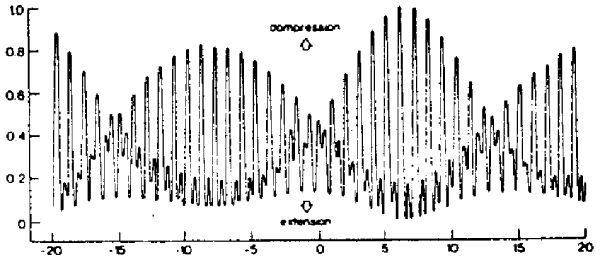 |
Science Frontiers ONLINE No. 29: Sep-Oct 1993 |
|
|
Astronomy And Earthquakes
"Large earthquakes in southern California with epicenters between 33 and 36�N have statistically significant 12 hourly, lunar fortnightly and 18.6-yr periodicities. Smaller earthquakes in the same region do not display these periodicities. A search for tidal effects associated with these periodicities shows that large earthquakes have significant correlations with the times and orientations of daily/semi-daily tidal stresses while the lunar fortnightly terms are associated with the ocean tides along the Southern Californian coast."
(Kilston, S., and Knopoff, L; "Lunar-Solar Periodicities of Large Earthquakes in Southern California," Nature, 304:21, 1983.)
Comment. The literature contains many similar correlations for quakes of various sizes, for various restricted geographical areas, and for various depths. Many of these studies are summarized in our Catalog volume Earthquakes, Tides, Unidentified Sounds. For more information on this book, visit: here.
 |
| One tidal strain component (normalized) plotted for 20 days before and after the earthquake of June 25, 1925, showing the large fortnightly modulation of the diurnal tide. Curiously (perhaps anomalously) the quake occurred during a period of minimum strain. |